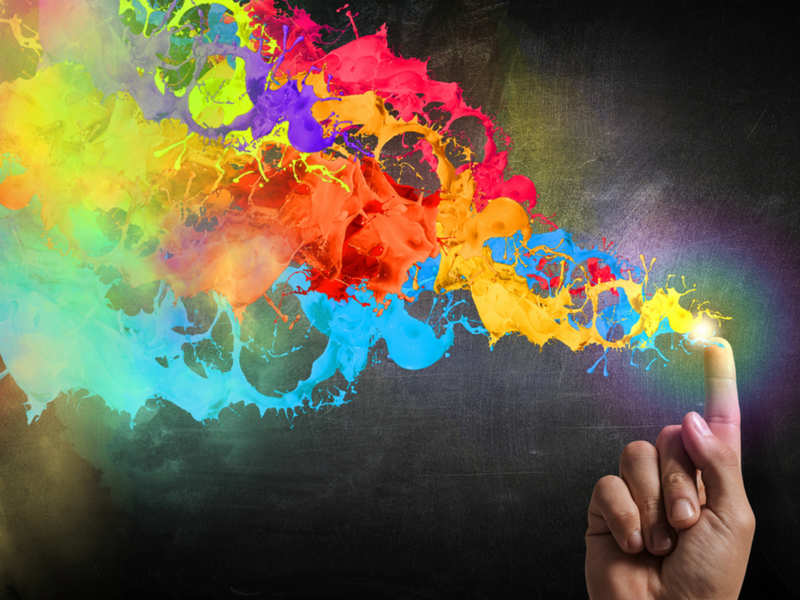Colour therapy is a complementary therapy and not an alternative to medical care. The results of the therapy vary from person to person.
What does colour therapy do?
Colour therapy is a non-invasive and holistic treatment that brings balance and health to your mind and body. The vibrations of the colour in colour therapy class improve your mood and overall health.
The basic idea of colour therapy
Colours are made up of reflected lights that hit our retinas as the wavelengths vibrate. Our brain interprets these wavelengths, which ultimately makes our perception of colour as a physical and sensory experience.
Colour therapy is based on the idea that colours create an electrical impulse in our brain, which stimulates hormonal and biochemical processes in our body. These processes either stimulate or calm us.
How to get started with colour therapy
There are as many colours in colour therapy sessions as there are colours in the rainbow. As you start with your colour therapy session, your therapist will give you an analysis of all colours and ask you about the aspects of life in which you think these colours can improve.
Many salons combine colour and aromatherapy. In some salons, you might even get a massage with different colours of light being projected on your body to stimulate health and healing. Many spas also offer treatment in which they place different colours of silk on different points of your body, which are said to control your mood and emotional well-being.
Different colours treat different ailments
The shades of colours used in your colour therapy session will vary depending upon the type of ailment you are trying to correct. For example, blue or purple lights are anti-inflammatory and calming. Green colour helps to purify and cleanse, white and yellow colour light stimulates the lymphatic system. Red light is invigorating but it may cause agitation if you are already tense.
According to Indian philosophy, the chakras are considered the centres of spiritual power and energy within our bodies. There are seven chakras and different colours represent a different chakra:
– Red colour: The root chakra located at the base of the spine is represented by red colour. The chakra has to do with our connection with the Earth.
– Orange colour: The Sacral Chakra, which is located 2 or 3 inches below the navel is represented by orange colour. This chakra is said to be associated with reproduction, kidneys, adrenals and pleasure. The chakra is the mind-body chakra.
– Yellow colour: The solar plexus chakra is associated with liver, pancreas, digestive system, gallbladder, empowerment and well-being. The chakra is located between the navel and sternum.
– Green colour: The colour represents the Heart Chakra. It’s associated with heart, lungs and immune system, energy, nervous system, mental focus, compassion and empowerment.
– Blue colour: The chakra is associated with thyroid and metabolism and also with a peaceful expression.
– Indigo colour: The third eye chakra is located between the eyebrows. It is associated with the pituitary gland and pineal gland. It influences our sleep cycle, clarity, wisdom, self-esteem and intuition.
– Violet colour: It is associated with the Crown Chakra and is located at the top of the head. It is associated with clarity, dreams, spirituality, sleep cycles, dreams, pineal gland and light sensitivity.

